Latest Update: Aug 17, 2025, 9:01:39 AM
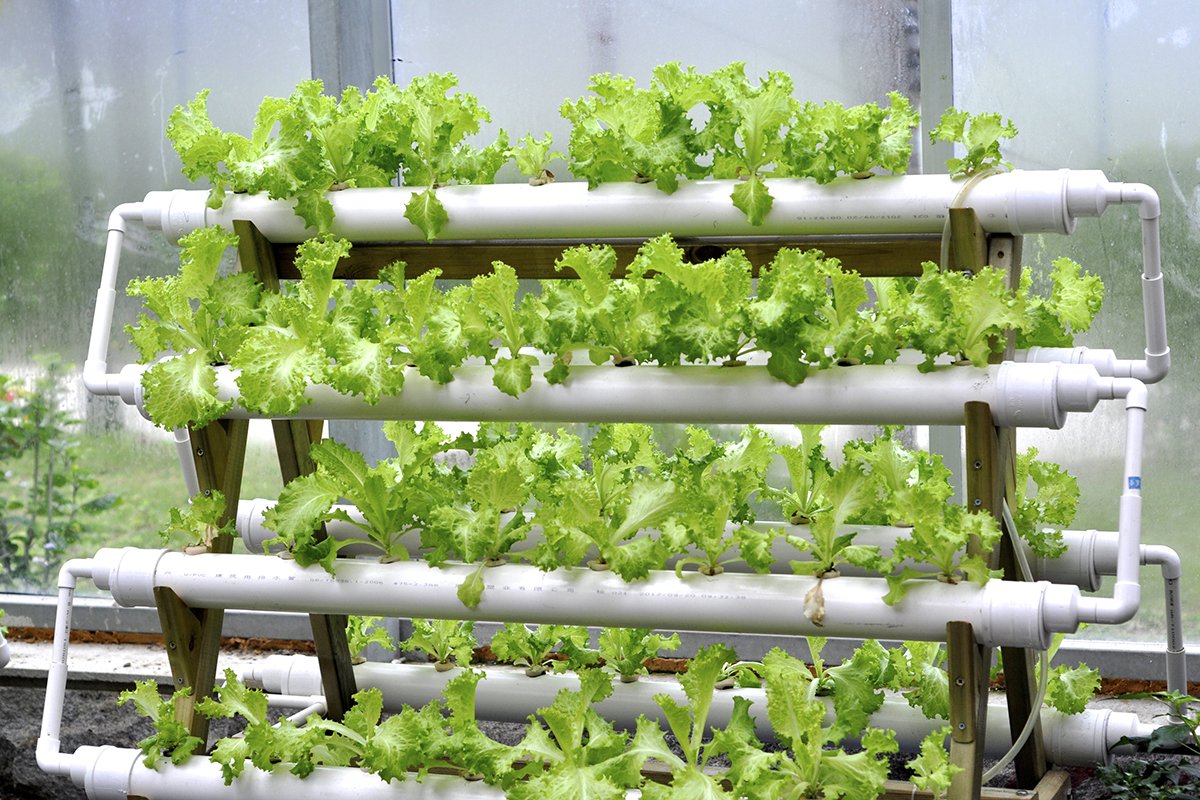
Hydroponic greenhouses represent a cutting-edge approach to modern agriculture, enabling plant cultivation without soil by using nutrient-rich water solutions. Known as "hydroponics" or "soilless farming," this method has gained immense popularity for its efficiency and high yields. This article provides an in-depth guide to hydroponic greenhouses, covering their benefits, drawbacks, system types, setup steps, and key tips to help you build a thriving greenhouse for crops like vegetables, fruits, or herbs.
What is a Hydroponic Greenhouse?
A hydroponic greenhouse combines advanced greenhouse technology with soilless cultivation. In this system, plant roots are suspended in water or inert media like coco coir, perlite, or rockwool, with nutrients delivered through a water-based solution. These greenhouses are typically enclosed or semi-enclosed to control environmental factors such as temperature, humidity, and light.
Hydroponics dates back thousands of years, but modern advancements began in the 1930s. Today, hydroponic greenhouses are widely used in countries like the Netherlands, the USA, and Iran for large-scale production of crops like tomatoes, cucumbers, and leafy greens.
Benefits of Hydroponic Greenhouses
Hydroponic systems offer numerous advantages, making them ideal for sustainable farming:
-
Water Efficiency: Hydroponics uses up to 90% less water than traditional soil-based farming due to water recycling and minimal evaporation, perfect for arid regions.
-
Faster Plant Growth: Plants grow 30-50% faster as nutrients are delivered directly to roots, reducing energy spent on nutrient foraging.
-
Higher Yields: Without soil constraints, you can grow more plants in less space. For example, cucumber yields in hydroponic greenhouses can be up to 10 times higher than traditional methods.
-
Reduced Pests and Diseases: The absence of soil minimizes soil-borne pests and bacteria, while roots receive more oxygen, boosting plant health.
-
Sustainable Farming: Hydroponics requires fewer chemical fertilizers and can be implemented in urban or desert environments, supporting global food security.
Drawbacks of Hydroponic Greenhouses
Despite its advantages, hydroponics has challenges that require careful consideration:
-
High Initial Costs: Setting up a hydroponic system involves expensive equipment like pumps, sensors, and reservoirs, often costing significantly more than soil-based systems.
-
Technical Expertise: Managing pH, EC (electrical conductivity), and nutrient solutions demands specialized knowledge. Small errors can ruin entire crops.
-
Power Dependency: Systems rely on continuous electricity for water circulation. Power outages can harm plants.
-
Disease Spread: If a disease enters the water system, it can quickly affect all plants due to shared water.
-
Crop Limitations: Root crops like potatoes or carrots can be challenging to grow hydroponically.
Types of Hydroponic Systems in Greenhouses
Hydroponic greenhouses use various systems, each suited to different budgets, spaces, and crops. The table below compares the main types:
|
System |
Description |
Benefits |
Drawbacks |
Best For |
|---|---|---|---|---|
|
NFT (Nutrient Film Technique) |
A thin film of nutrient solution flows over roots. |
Low water use, fast growth |
Sensitive to power outages |
Leafy greens like lettuce |
|
DWC (Deep Water Culture) |
Roots are submerged in oxygenated nutrient water. |
Simple, affordable |
Risk of low oxygen |
Small plants like basil |
|
Ebb and Flow |
Water periodically floods roots and drains. |
Flexible |
Needs precise timers |
Tomatoes, peppers |
|
Drip System |
Nutrients are dripped onto roots via emitters. |
Precise control |
Clogging risks |
Strawberries, fruits |
|
Aeroponics |
Roots are misted with nutrients in air. |
Very fast growth |
High cost, sensitive to humidity |
Orchids, advanced crops |
|
Wick System |
Nutrients are delivered via wicks, no electricity needed. |
No power required |
Slower growth |
Small home plants |
Choose a system based on your needs and resources.
Steps to Build a Hydroponic Greenhouse
Building a hydroponic greenhouse requires careful planning. Here’s a step-by-step guide:
-
Site Selection and Design: Choose a location with ample sunlight, water, and electricity access. Use polycarbonate or glass for the greenhouse to control light and heat.
-
Equipment Procurement: Purchase pumps, reservoirs, pH/EC sensors, irrigation systems, and growing media (e.g., perlite). Initial costs for a small greenhouse range from $2,000-$5,000.
-
System Setup: Install your chosen hydroponic system (e.g., NFT for beginners). Prepare a standard nutrient solution (nitrogen, phosphorus, potassium).
-
Planting: Place seeds in growing media and start the system. Maintain pH between 5.5-6.5 and EC based on crop requirements.
-
Maintenance and Monitoring: Check temperature (20-30°C), humidity (50-70%), and nutrients daily. Use smart software for automation.
-
Harvesting and Sales: Harvest crops after 4-8 weeks, depending on the plant. Hydroponic products often fetch premium prices.
Following these steps ensures a successful greenhouse.
Key Tips for Success
-
Choose Suitable Crops: Leafy greens, tomatoes, cucumbers, and strawberries thrive in hydroponics.
-
Control Environment: Use smart systems to monitor temperature, light, and humidity.
-
Economic Viability: A 1,000-square-meter greenhouse can generate over $20,000 annually, but ROI may take 2-3 years.
-
Local Challenges: In regions like Iran, use locally sourced equipment due to import restrictions and plan for nutrient availability.
-
Sustainability: Hydroponics reduces water and fertilizer use, supporting eco-friendly farming.
Conclusion
Hydroponic greenhouses are a game-changer in agriculture, offering water efficiency, faster growth, and high yields. While high costs and technical demands are challenges, proper planning can lead to substantial profits. Start with simple systems like NFT and consult experts to optimize your setup. Build a sustainable future with hydroponics!
Keywords: hydroponic greenhouse, hydroponics, soilless farming, hydroponic systems, NFT system, hydroponics in Iran, sustainable agriculture.



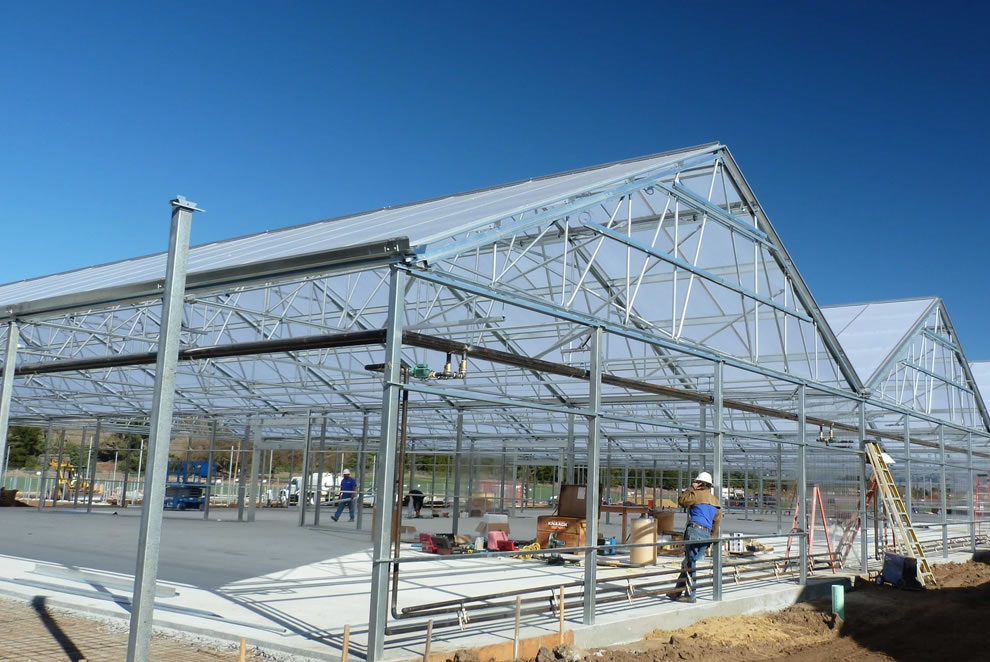 7 Myths About Starting a Greenhouse
7 Myths About Starting a Greenhouse
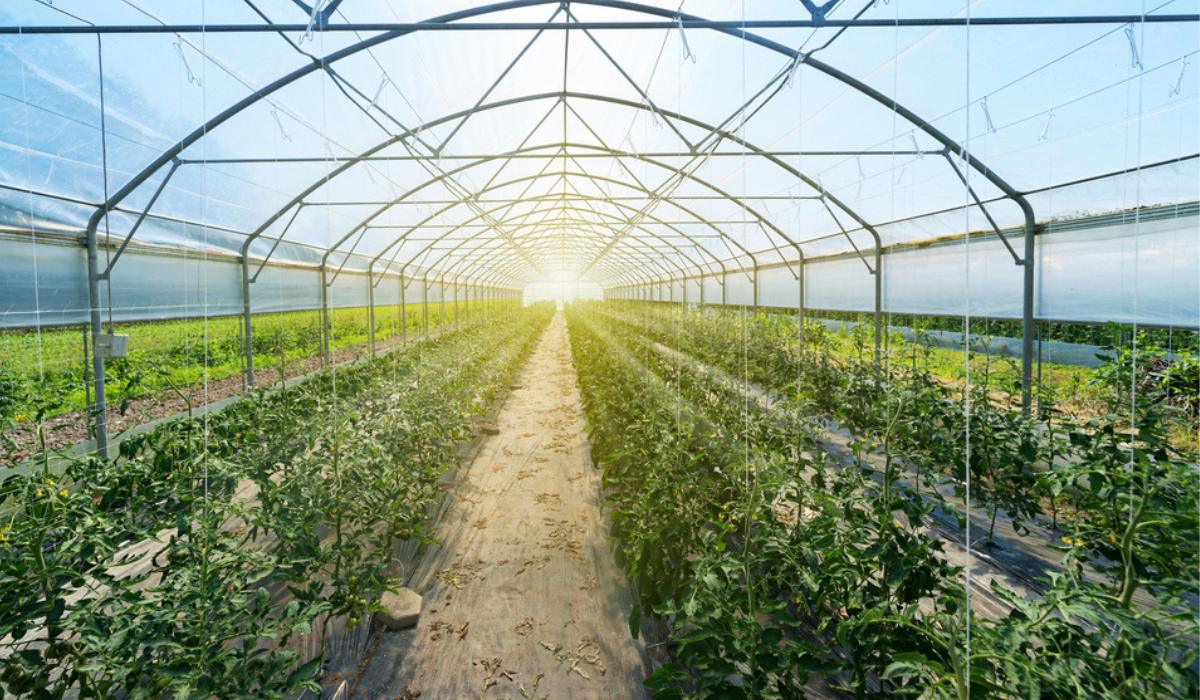 Land Requirements for Greenhouse Establishment
Land Requirements for Greenhouse Establishment
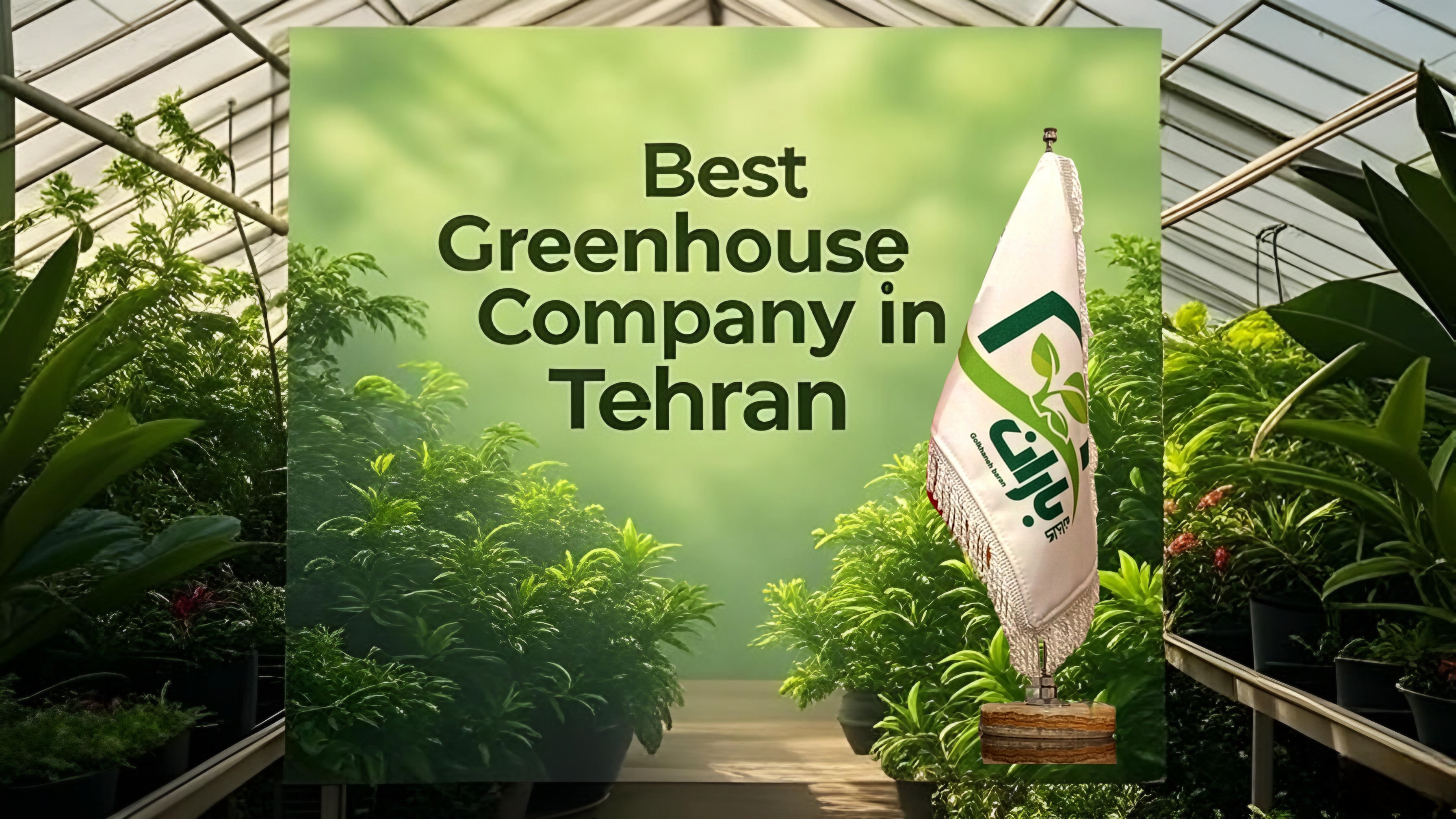 The best greenhouse construction company in Tehran
The best greenhouse construction company in Tehran
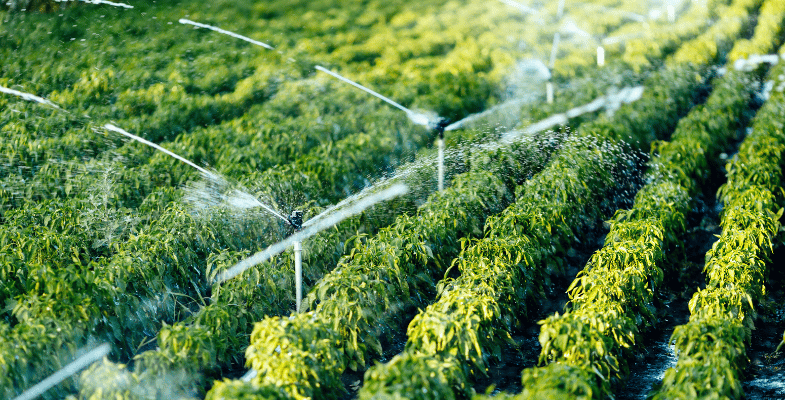 Greenhouse Irrigation Systems
Greenhouse Irrigation Systems
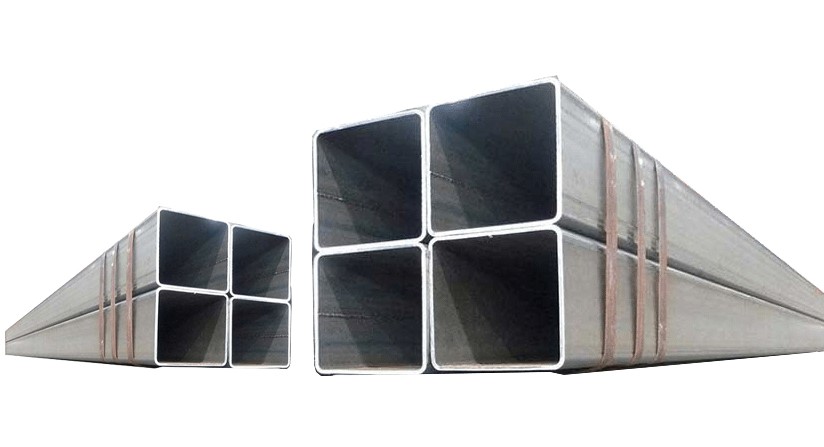 Galvanized can profile 10
Galvanized can profile 10
 Axial Fan Evaporative Cooler
Axial Fan Evaporative Cooler
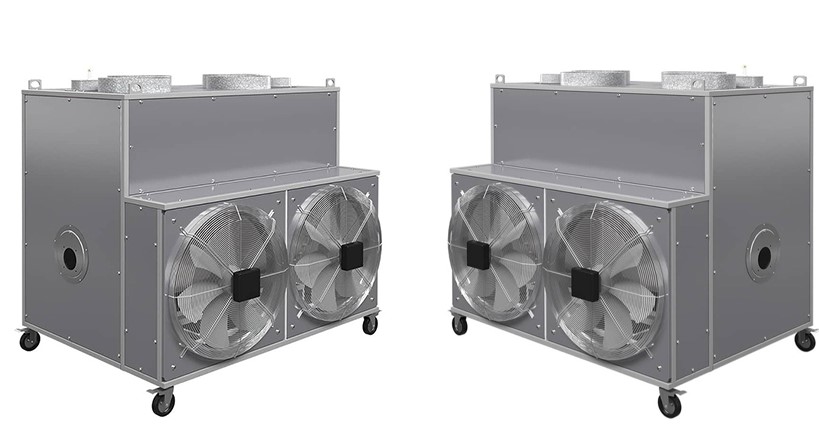 Furnace Heater
Furnace Heater
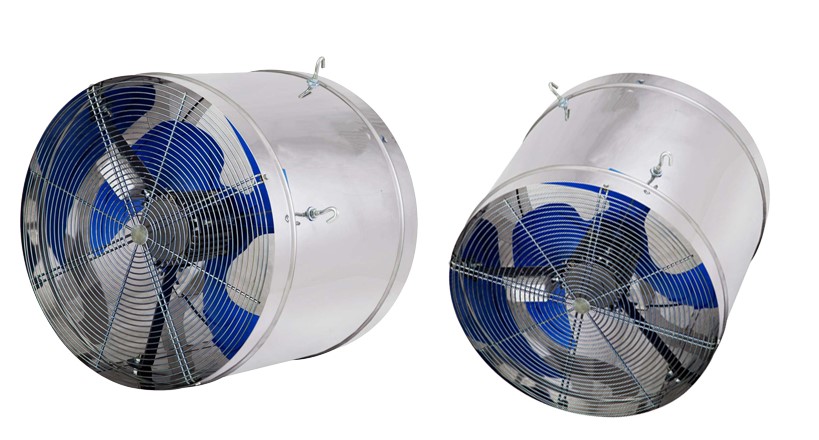 Type 4 Circulation Fan
Type 4 Circulation Fan
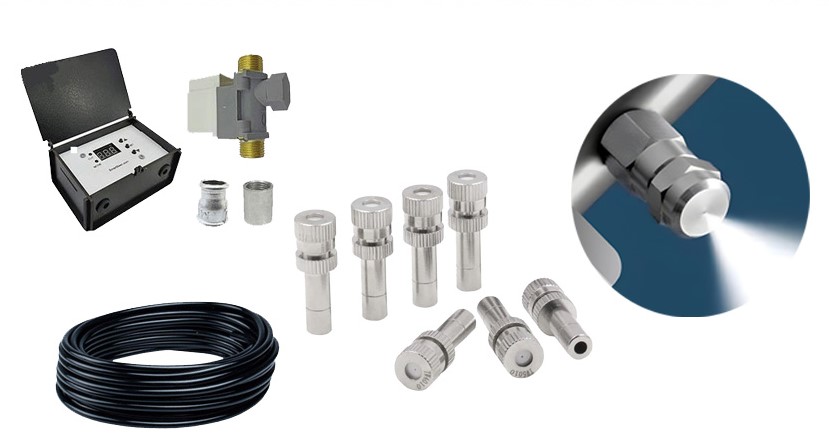 Greenhouse Mist Sprayer
Greenhouse Mist Sprayer